Archit Rathore
Experimental Observations of the Topology of Convolutional Neural Network Activations
Dec 01, 2022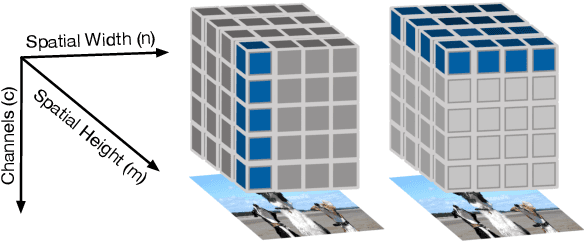
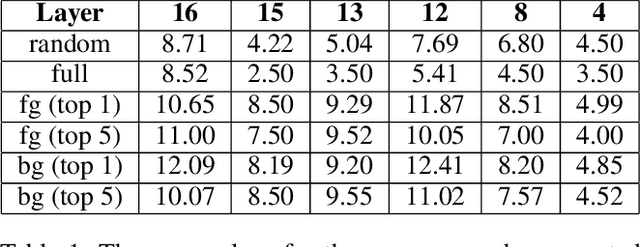

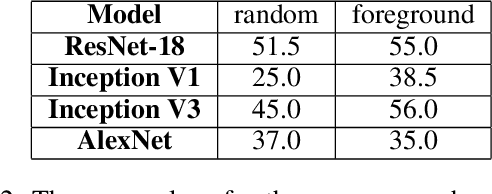
Abstract:Topological data analysis (TDA) is a branch of computational mathematics, bridging algebraic topology and data science, that provides compact, noise-robust representations of complex structures. Deep neural networks (DNNs) learn millions of parameters associated with a series of transformations defined by the model architecture, resulting in high-dimensional, difficult-to-interpret internal representations of input data. As DNNs become more ubiquitous across multiple sectors of our society, there is increasing recognition that mathematical methods are needed to aid analysts, researchers, and practitioners in understanding and interpreting how these models' internal representations relate to the final classification. In this paper, we apply cutting edge techniques from TDA with the goal of gaining insight into the interpretability of convolutional neural networks used for image classification. We use two common TDA approaches to explore several methods for modeling hidden-layer activations as high-dimensional point clouds, and provide experimental evidence that these point clouds capture valuable structural information about the model's process. First, we demonstrate that a distance metric based on persistent homology can be used to quantify meaningful differences between layers, and we discuss these distances in the broader context of existing representational similarity metrics for neural network interpretability. Second, we show that a mapper graph can provide semantic insight into how these models organize hierarchical class knowledge at each layer. These observations demonstrate that TDA is a useful tool to help deep learning practitioners unlock the hidden structures of their models.
VERB: Visualizing and Interpreting Bias Mitigation Techniques for Word Representations
Apr 06, 2021
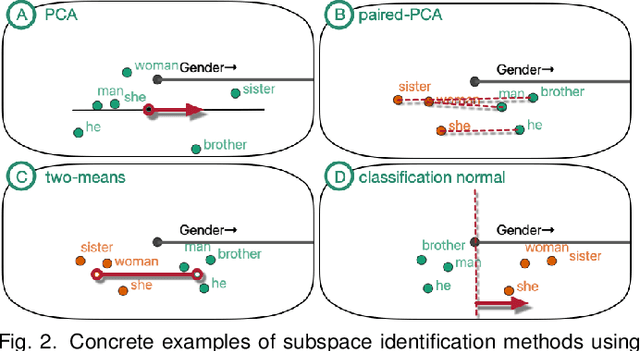
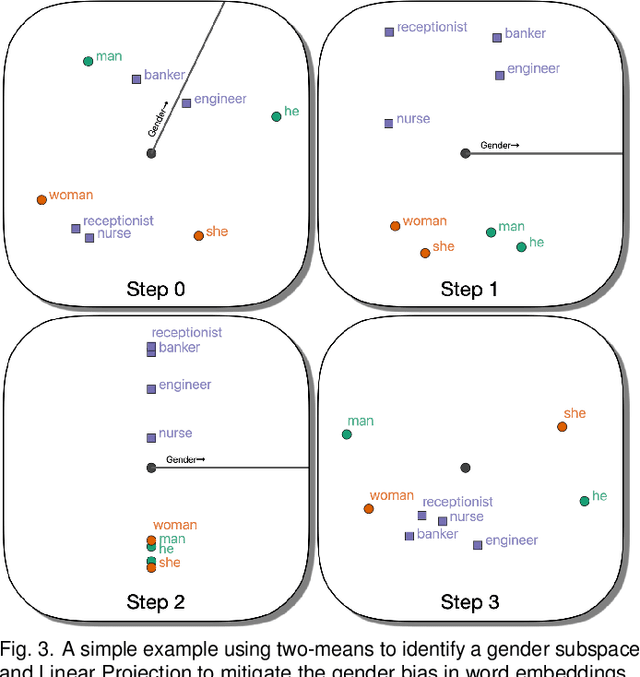
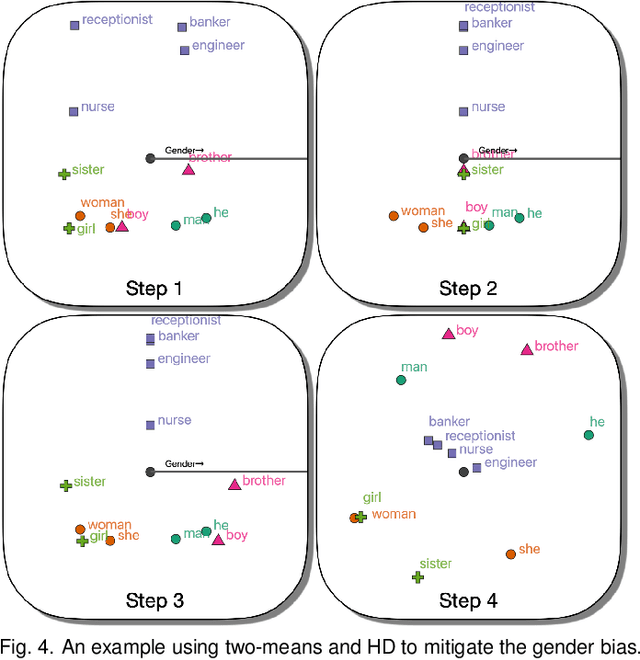
Abstract:Word vector embeddings have been shown to contain and amplify biases in data they are extracted from. Consequently, many techniques have been proposed to identify, mitigate, and attenuate these biases in word representations. In this paper, we utilize interactive visualization to increase the interpretability and accessibility of a collection of state-of-the-art debiasing techniques. To aid this, we present Visualization of Embedding Representations for deBiasing system ("VERB"), an open-source web-based visualization tool that helps the users gain a technical understanding and visual intuition of the inner workings of debiasing techniques, with a focus on their geometric properties. In particular, VERB offers easy-to-follow use cases in exploring the effects of these debiasing techniques on the geometry of high-dimensional word vectors. To help understand how various debiasing techniques change the underlying geometry, VERB decomposes each technique into interpretable sequences of primitive transformations and highlights their effect on the word vectors using dimensionality reduction and interactive visual exploration. VERB is designed to target natural language processing (NLP) practitioners who are designing decision-making systems on top of word embeddings, and also researchers working with fairness and ethics of machine learning systems in NLP. It can also serve as a visual medium for education, which helps an NLP novice to understand and mitigate biases in word embeddings.
TopoAct: Exploring the Shape of Activations in Deep Learning
Dec 13, 2019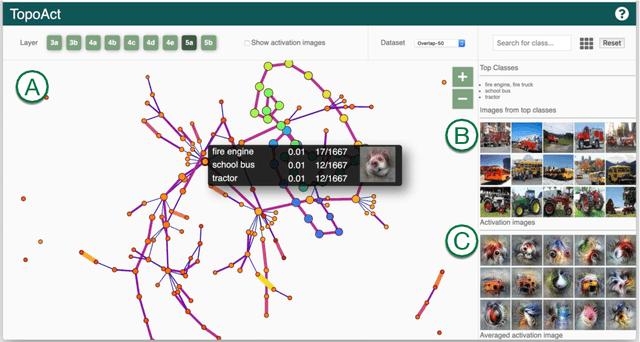
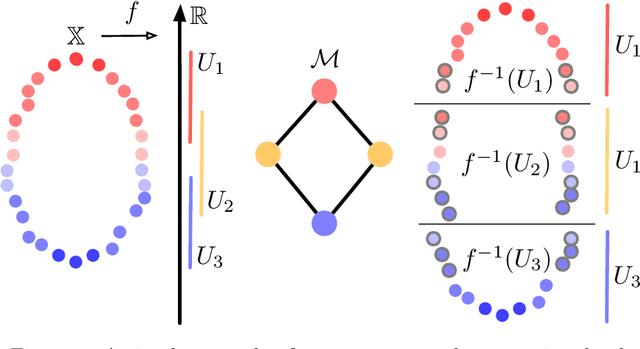
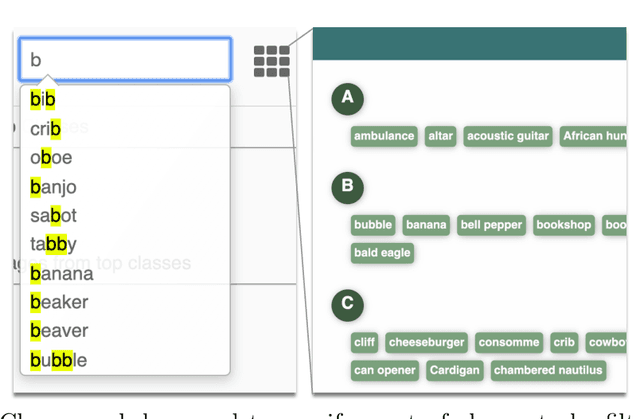
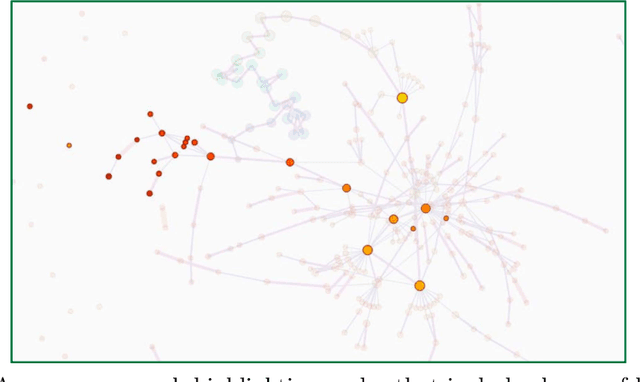
Abstract:Deep neural networks such as GoogLeNet and ResNet have achieved superhuman performance in tasks like image classification. To understand how such superior performance is achieved, we can probe a trained deep neural network by studying neuron activations, that is, combinations of neuron firings, at any layer of the network in response to a particular input. With a large set of input images, we aim to obtain a global view of what neurons detect by studying their activations. We ask the following questions: What is the shape of the space of activations? That is, what is the organizational principle behind neuron activations, and how are the activations related within a layer and across layers? Applying tools from topological data analysis, we present TopoAct, a visual exploration system used to study topological summaries of activation vectors for a single layer as well as the evolution of such summaries across multiple layers. We present visual exploration scenarios using TopoAct that provide valuable insights towards learned representations of an image classifier.
 Add to Chrome
Add to Chrome Add to Firefox
Add to Firefox Add to Edge
Add to Edge